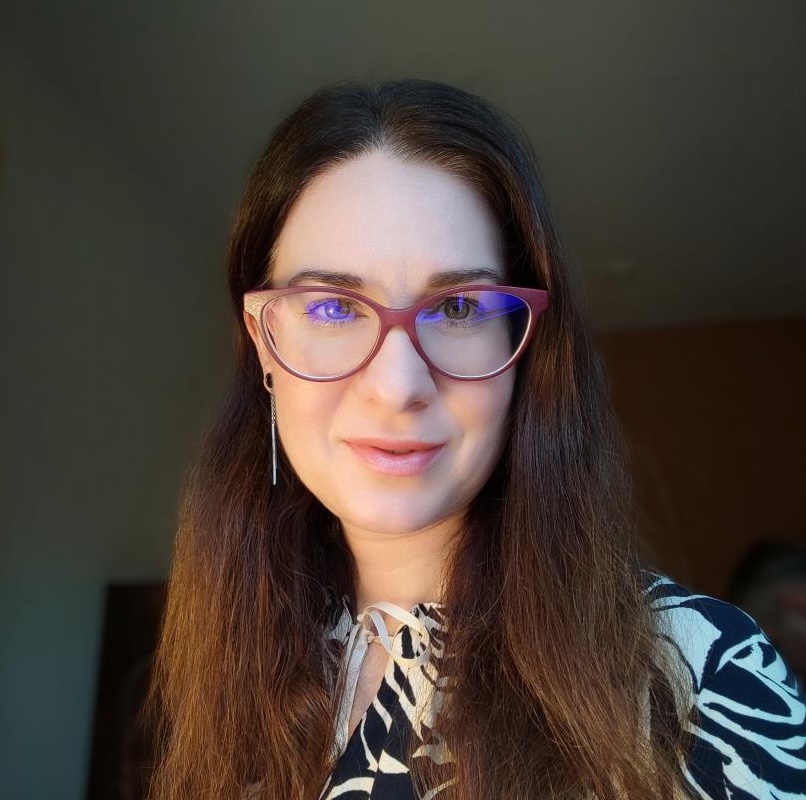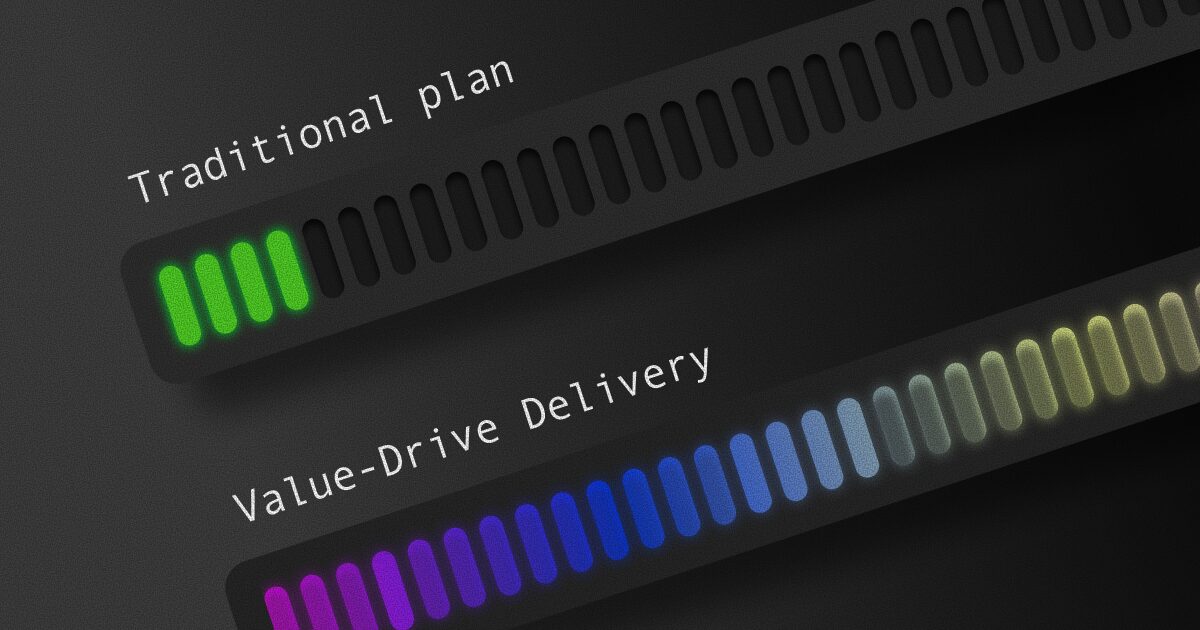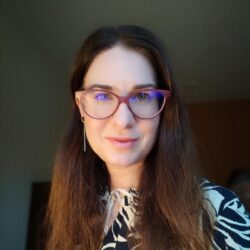October 18, 2025 - 5 min
Team Augmentation — How Agency Experts Working Side by Side Become Part of Client's Teams

Looking from the IT delivery stand, hiring vendors to do the predefined tasks is no longer the standard the market is looking for. Planning extensive projects, where the requirements are defined long up front, and the success is measured by deadlines and budget is becoming ineffective. Since the market requires constant changes, to satisfy the clients, agencies move away from the traditional vendor approach, and move closer to the IT team augmentation model.
Since this model includes mutual planning, delivery and results review, it is natural that agency experts become part of the clients’ teams. They contribute with, not only their technical and business knowledge, but with their approach, skills and mindset.
Agency experts become partners who share accountability for overall business goals and outcomes.
Team augmentation transforms agencies from vendors into partners. Let’s see what that actually looks like in practice.
Creating shared ownership
Working side by side is much more than just being part of the team. It is about agency experts being embedded into the clients’ teams and business processes. They are part of daily stand-ups, sharing the same accountability for the tasks taken on planning. They participate in the same refinement sessions and mob together to solve the problems.
This model requires a high level of collaboration from both sides, which further requires a high level of trust between the people working together. The trust enables the client to open their doors and let other people in, to be part of their business and technical structures.
Being part of a client team also requires a high level of responsibility from agency experts, to be able to do their work with high quality standards, but to also be proactive and suggest improvements that are relevant for the client’s business. They don’t wait for someone to give them work, they create work!
But how does an agency evolve from being a vendor to becoming part of the clients’ teams?
Becoming part of the clients’ teams
When agency experts start working on client projects, they need to embrace the whole new set of knowledge. They need to get to know the client’s systems, culture, and ways of working. This can be overwhelming for a lot of people, trying to do their job the best way they can.
Since agency experts want to be on the same level (or even higher) as client employees, they start learning, listening deeply and demonstrating value very quickly.
This shouldn’t be possible if there isn’t trust between the client and agency. When trust is built, people stop looking at agency experts as vendors or extra hands. They start perceiving them as their equal co-workers, with the same knowledge and motivation to do the required work. Not only that, depending on the role they are in, they become part of the strategic discussions and planning sessions. They are asked for opinions, sharing the best practices and valuable experience from different domains.
Becoming a client’s team member doesn’t mean disconnecting with the agency. At the end of the day this all gets back to agencies, which increase the level of overall knowledge and experience of their employees.
To understand this approach, we need to explore how it impacts the business outcomes.
Shift towards shared goals and responsibility
One of the most important advantages of client-agency partnership is shared accountability. When agencies position themselves as vendors, the responsibility is on delivering agreed work in the form of the output. When the project ends, the responsibility ends there as well.
But, when they work in a co-creation model, the focus shifts toward outcomes, where both sides are responsible for the business impact. Agency experts are invited to participate in value assessments for each initiative, so they could also have an impact on final customer value that is delivered, such as user satisfaction, reduction of costs or increasing the revenue.
Whatever the goals are, agencies and clients commit to the same outcomes and have the same responsibility to achieve them.
The question is, how agencies and clients find themselves working on the same roadmap?
Building roadmap together
When clients and agencies plan separately and they are supposed to work together, that usually creates misalignment between big planes and actual business needs. Correcting the plan often takes time, which leads to additional costs.
When clients and agencies work as partners, they approach the planning together, considering the current priorities, risks, dependencies and everything else that could impact the delivery. People who are part of the client teams are familiar with the client’s goals and challenges and can contribute with their mindset and knowledge so that decisions could be made together. Their voice is heard not only in their own teams, but across value stream meetings and quarterly plannings.
This joined planning approach ensures that what gets delivered is not just technically feasible but also relevant from the business side and strategically aligned.
Which brings us to an important part of this process which is knowledge exchange and the way it creates continuous improvement.
Knowledge Exchange
One of the values that agencies have is the knowledge from previous projects, industries and markets. Clients, on the other side, have very deep knowledge about their customers, internal processes and business goals. Combining these two often leads to improvements and innovations.
Agency experts deepen their knowledge on many different fields, which is a great benefit for people used to continuous learning and growing. Clients benefit by having the pool of expertise and best practices they can quickly adapt and use on a daily basis.
Knowledge exchange improves client’s organisation in general, leaving teams stronger when the project ends.
Why Clients Value Q’s Approach
The approach we take in Q is to embed our experts into clients’ teams as equal team members. This approach is known as the IT team augmentation team model.
When clients request for additional people, we first screen the current availability of people and their skillset. After that, clients hold interviews with those experts to select people not only with the best technical skills, but the ones who fit into the existing teams and company culture.
Once selected, Q experts are treated as any other team members and are included in all existing and future ceremonies and initiatives, from daily stand-ups to quarterly plannings and discoveries. They have their managers from the client side, having regular 1on1s with them, supporting them to perform better and providing feedback back to Q.
Q team members have their Engineering leads, who are responsible for the team to provide the high value to the client and work according to best practices. Engineering leads also take care of people’s career development and additional education, so they could move to a higher seniority level and contribute more with their skills and mindset.
Since the Q team is multidisciplinary, there is a special department called Center of Excellence, who offers support on the technical level for all roles in the team, in case deeper technical analysis is needed, which increases the impact on the project.
Transparency, collaboration, and trust are the foundation of how the team augmentation works, making it very hard to distinguish agency members from the client.
Besides being part of day to day activities, our experts also suggest improvement in clients processes, introduce new agile practices and are part of continuous improvements and feedback loops.
Their approach, ways of working and thinking becomes the baseline for how new team members, both from client and agency company are expected to work.
Team members also share personal stories and support each other through challenges. When people move to another project, they stay in touch with clients sharing the important milestones in their professional and personal lives.
Having the team augmentation model is not about adding the extra resources. It’s about adding talent, mindset and creating the culture where people work and grow together.
Conclusion
It becomes clear that client-agency relationship is more than a trend, it is a competitive advantage. It benefits both sides. When working in augmented teams, clients get solutions that are aligned with their strategy and agencies become part of the client’s long term success.
Working as one team means being aligned, transparent, and focused on the outcomes together. Integrating agency experts in client’s teams, and dedicating them to support the client in achieving their goals creates strong collaborative relationships and long term value. It also encourages continuous learning, mindset shift and accountability.
Success of the product doesn’t lie on either vendors or client side. It belongs to a team of dedicated members working together.
Give Kudos by sharing the post!






